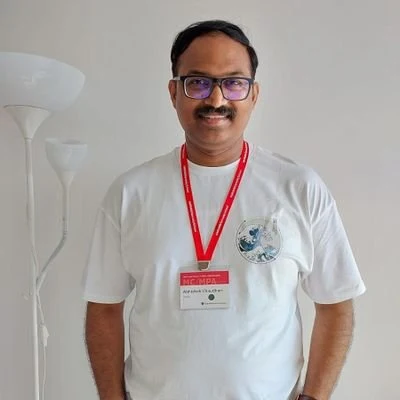On April 9, 2025, The Hindu newspaper carried an editorial page article, ‘The gradual transformation of the Home Ministry’ by Abhishek M Chaudhari of the Harvard Kennedy School. “Ministries tend to excel in responding to crises….this approach only addresses immediate threats without securing long-term solutions,” the scholar pontificated, noting that the Union Home Ministry had “transformed itself, moving from crisis response to building a structured security architecture.”
The website Fair Observer has a biographical sketch of this author, an electrical engineer who has now taken to public policy. He is described as having over a decade’s experience at the confluence of government, political party organization, think tanks and media. This is an author to watch out for, he might just offer glowing accounts in future too of ministries that have failed disastrously and caused needless suffering and death.
We know now, because on April 22, 2025, just days after the article in the Hindu, during peak tourism season in Kashmir, 26 people were killed in Pahalgam, Anantnag district of Jammu and Kashmir.
The four people involved in the attack were identified by police as Ali Bhai alias Talha, Asif Fauji (both Pakistan nationals), Adil Husain Thoker, a resident of Anantnag, and Ahsan, or Pulwama. The hugely transformed Union Home Ministry was caught completely off guard, as the terrorists picked out their targets with impunity.
“The idea of whole-of-government now drives a multi-agency approach, where legislative provisions are backed by operational strengthening, budgetary support and outcome-oriented reviews,” the article stated. It noted that for the first time, the budget of the Union Home Ministry went over Rs1 lakh crore in 2019; the 2025 budget soared to Rs2.33 lakh crore.
“The MHA has evolved from a crisis-response body to a structured, proactive institution,” Mr Chaudhuri asserted.
It is important not to forget this scholar – at a time when immigration is not encouraged in the United States it is likely that he will return to India; and given how glowingly he writes of the Indian government despite its failures, there is huge possibility that he will immediately be offered a research position at a prestigious Central university. No matter how high he may rise in his career, this article should never be forgotten.
The article underlined “reduction in violence” across Kashmir, the northeast and Naxal affected areas. It took my breath away that a scholar could assert that, given the violence in Manipur and the killing of over 100 Maoists in 2025 alone.
I wondered that The Hindu should have agreed to publish such an article, though, to the credit of the newspaper, the article just beneath it by Atanu Biswas of the Indian Statistical Institute, Kolkata, offered some explanation: “The US academic community is moving away from fundamental ideas of democracy and freedom… one research centre after another is being slashed or shut down,” the professor explained, offering us an insight into the poverty that allows scholars like Mr Chaudhari to flourish.
Links to the two articles:
---
*Freelance journalist


Comments